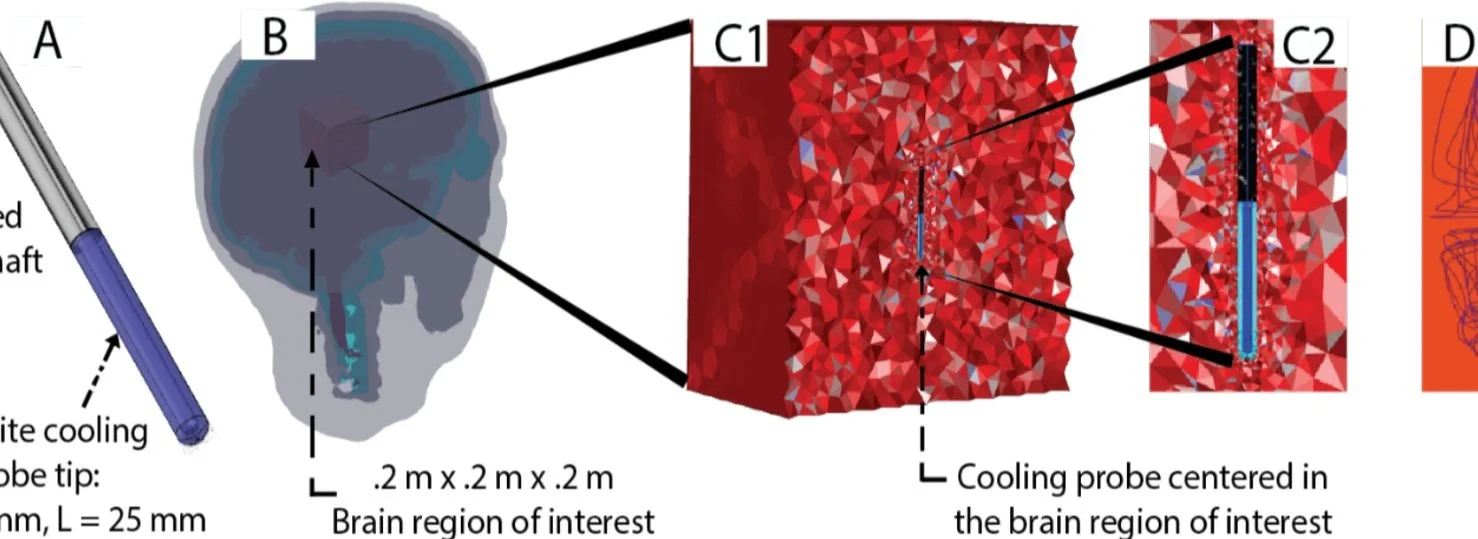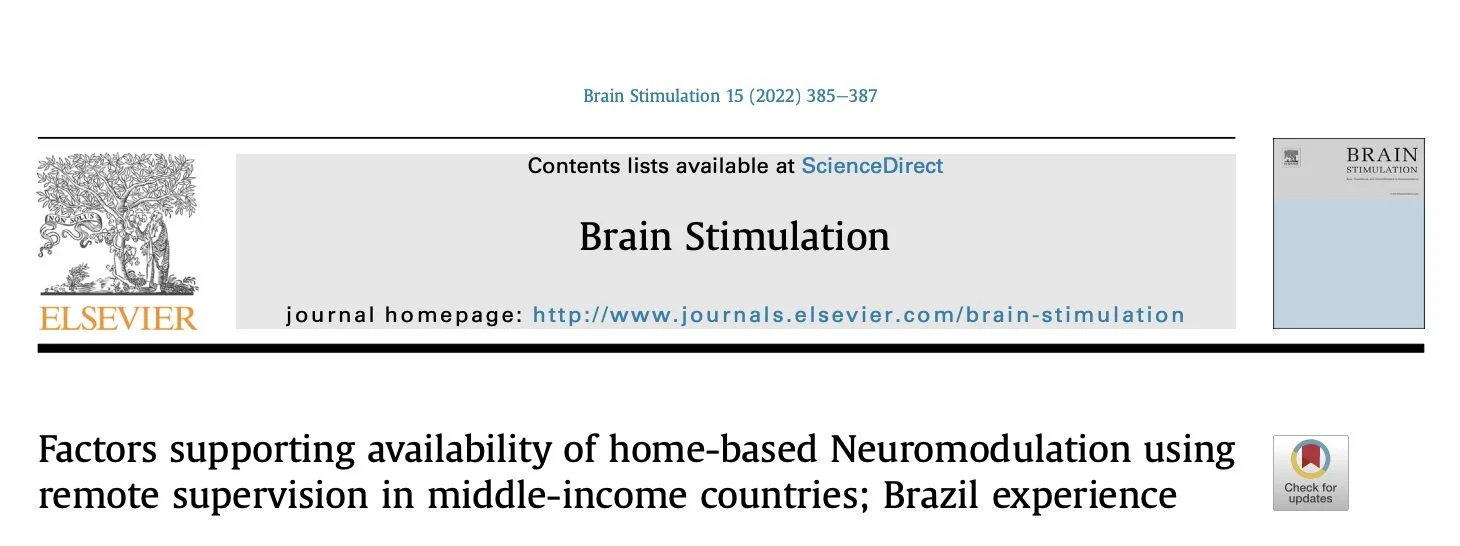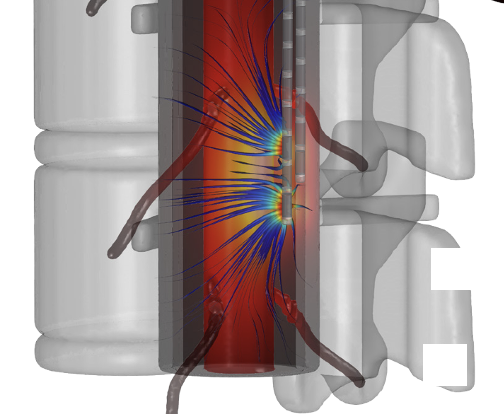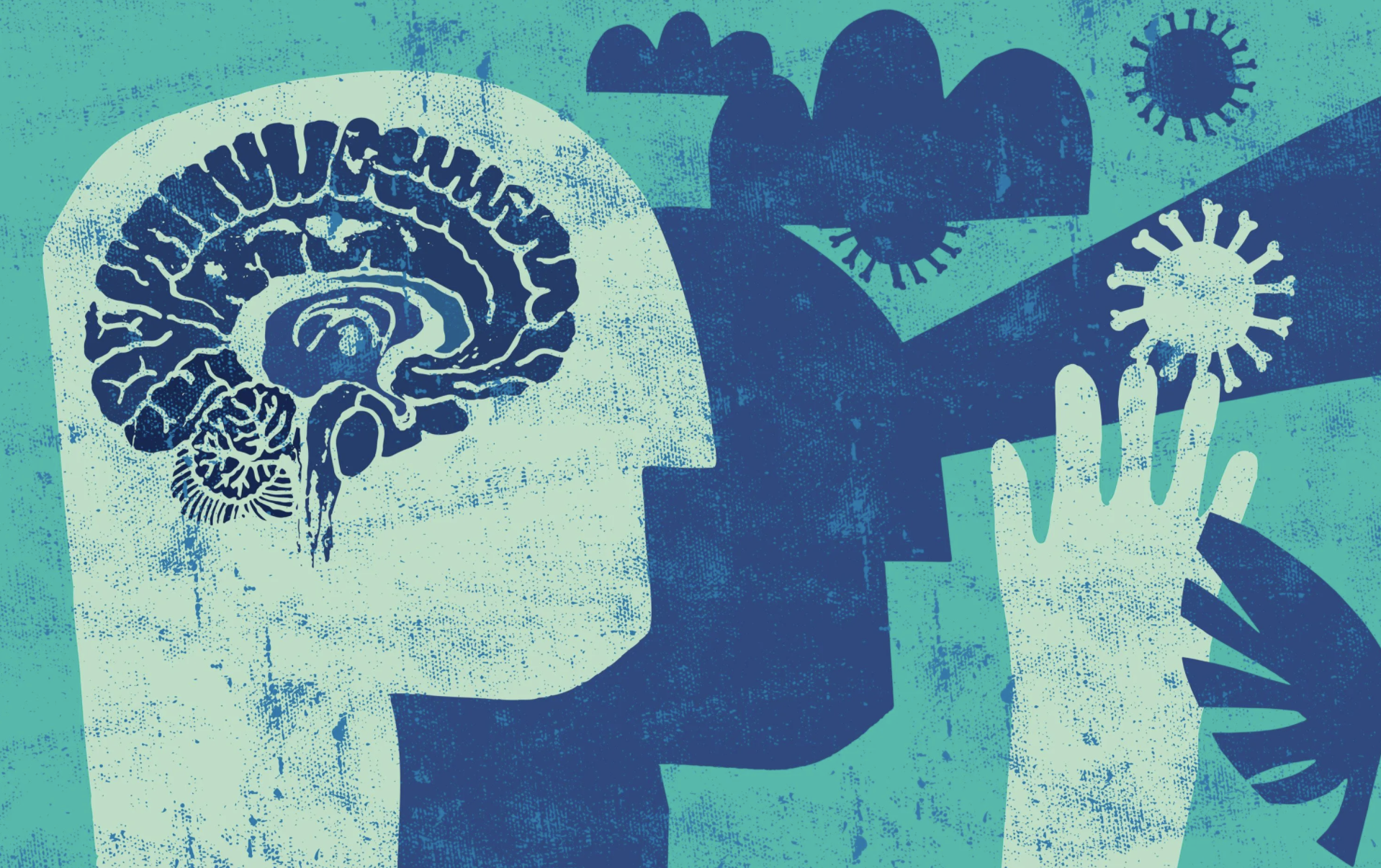TS. Baker, A.L. Zannou, D. Cruz, N. Khadka, C. Kellner, R. Tyc, M. Bikson, A. Costa.(2022) Development and Clinical Validation of a Finite Element Method Model Mapping Focal Intracranial Cooling. IEEE Transactions on Neural Systems and Rehabilitation Engineering, doi: 10.1109/TNSRE.2022.3161085.
Publication link
Abstract:
Therapeutic hypothermia (TH) is a common and effective technique to reduce inflammation and induce neuroprotection across a variety of diseases. Focal TH of the brain can avoid the side effects of systemic cooling. The degree and extent of focal TH are a function of cooling probe design and local brain thermoregulation processes. To refine focal TH probe design, with application-specific optimization, we develop precise computational models of brain thermodynamics under intense local cooling. Here, we present a novel multiphysics in silico model that can accurately predict brain response to focal cooling. The model was parameterized from previously described values of metabolic activity, thermal conductivity, and temperature-dependent cerebral perfusion. The model was validated experimentally using data from clinical cases where local cooling was induced intracranially and brain temperatures monitored in real-time with MR thermometry. The validated model was then used to identify optimal design probe parameters to maximize volumetric TH, including considering three stratifications of cooling (mild, moderate, and profound) to produce Volume of Tissue Cooled (VOTC) maps. We report cooling radius increases in a nearly linear fashion with probe length and decreasing probe surface temperature.

































